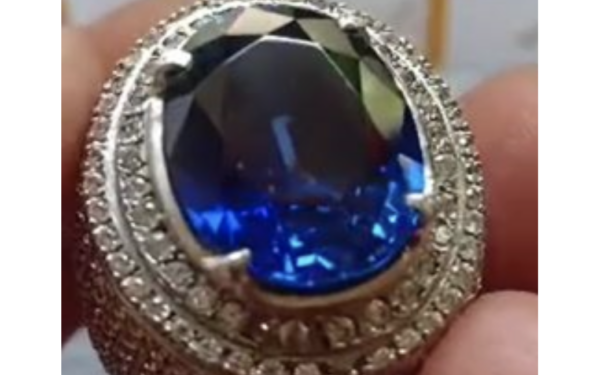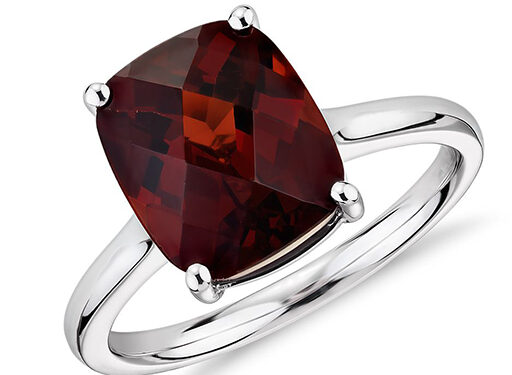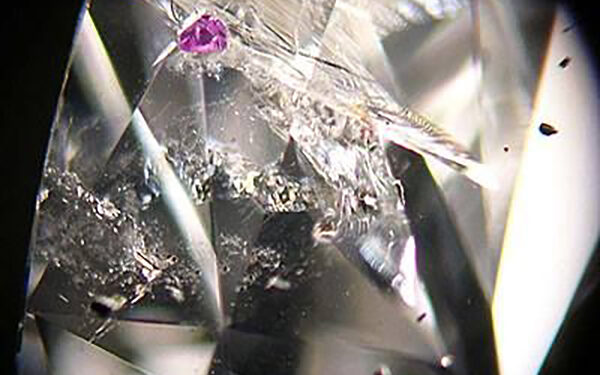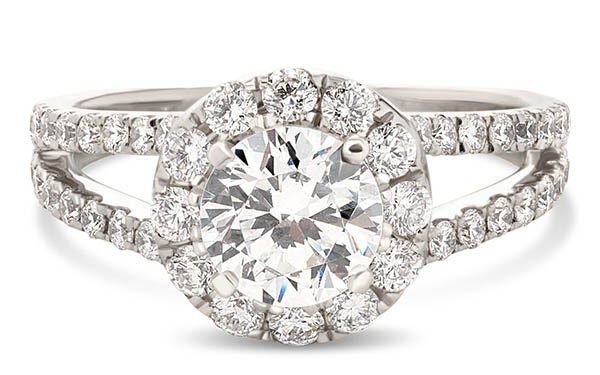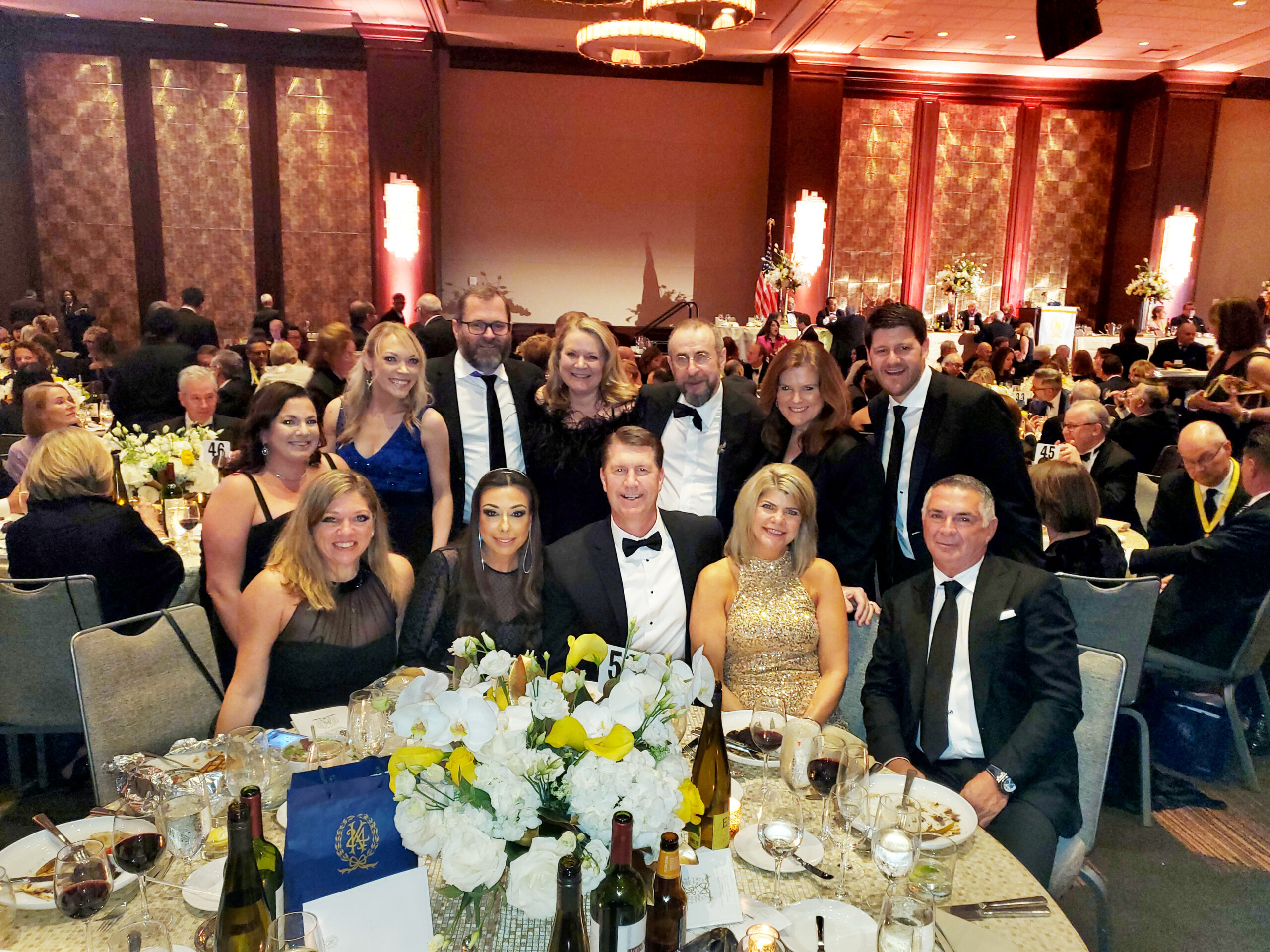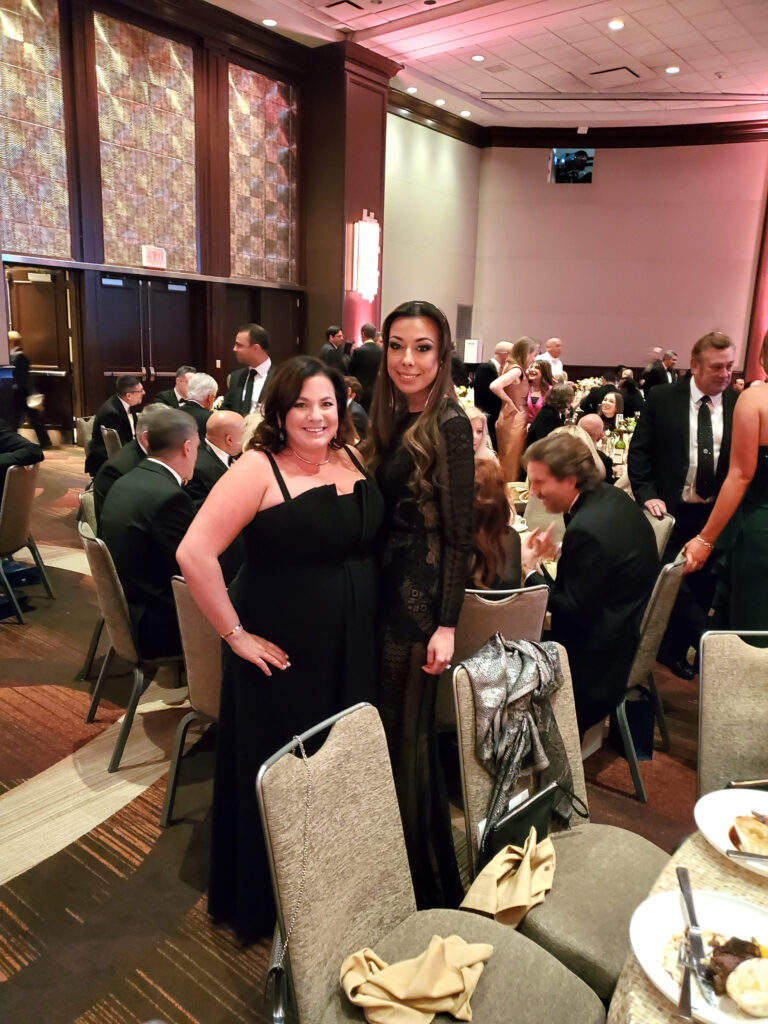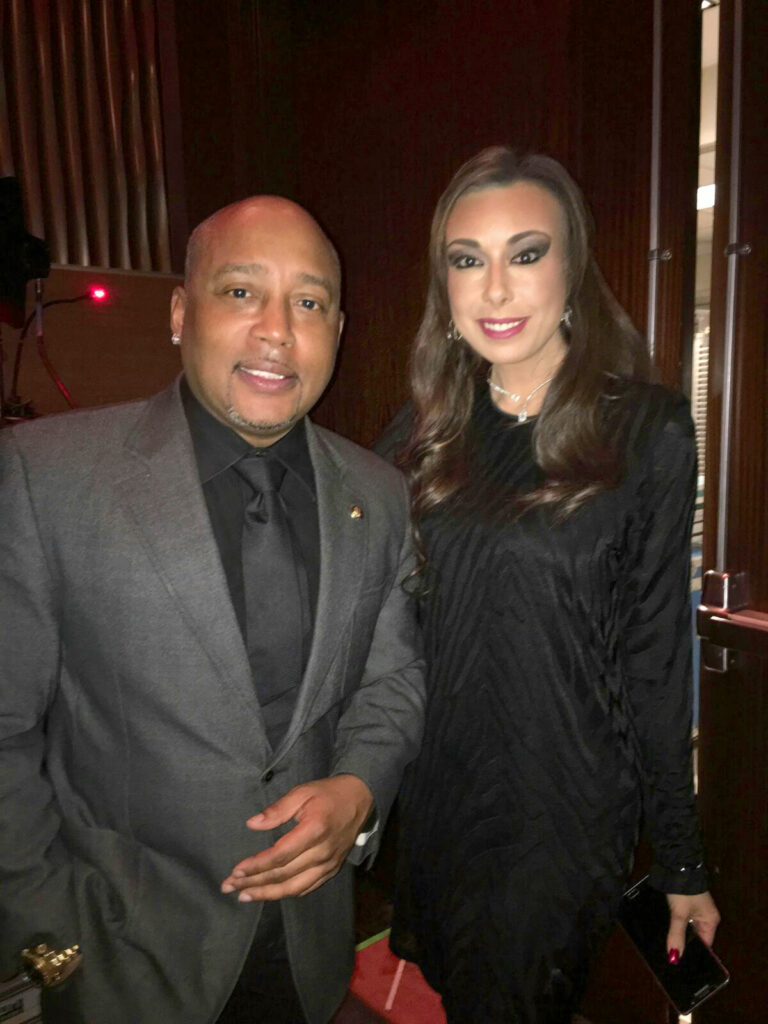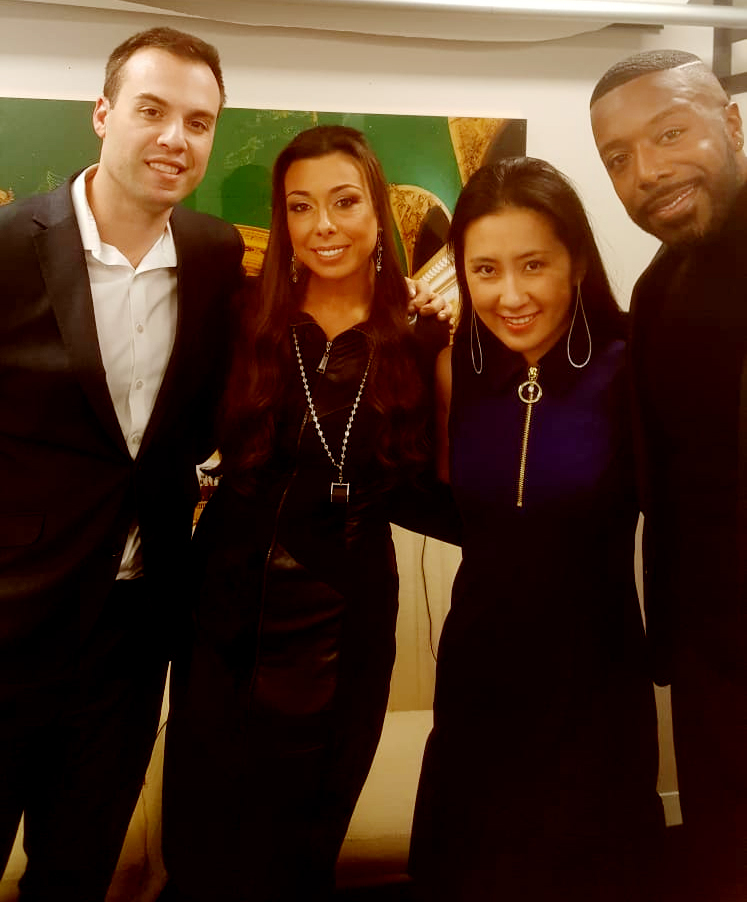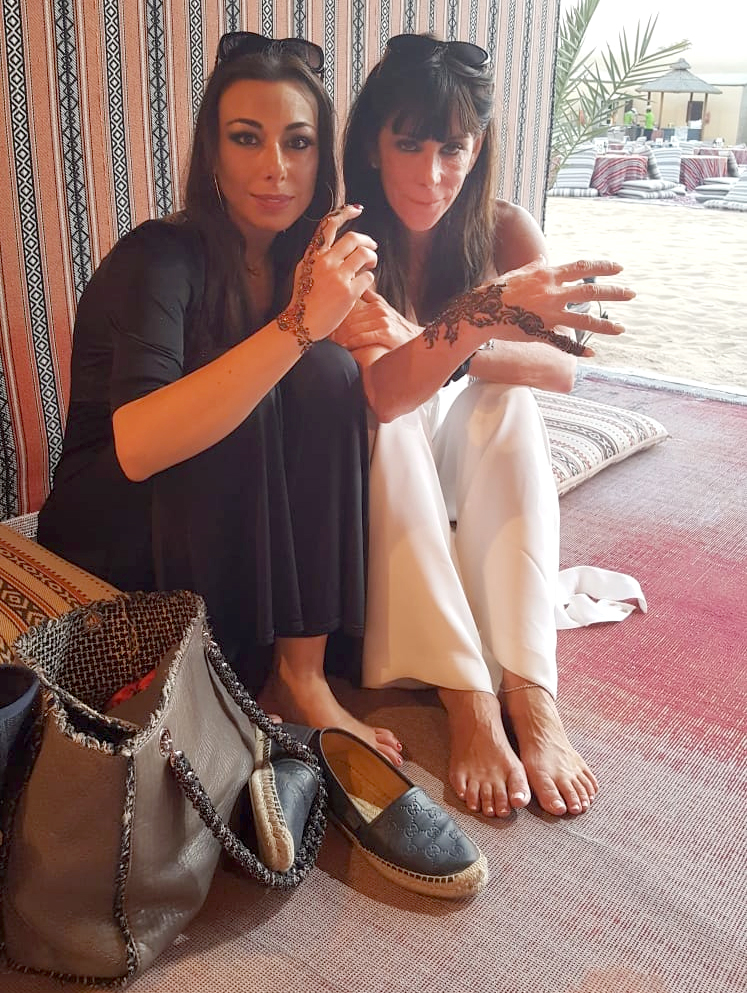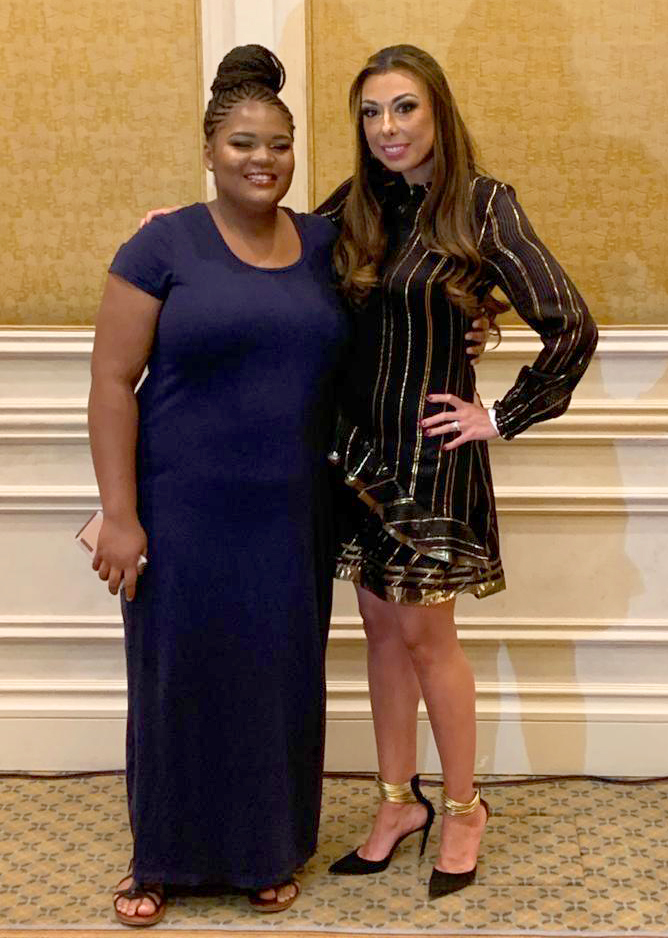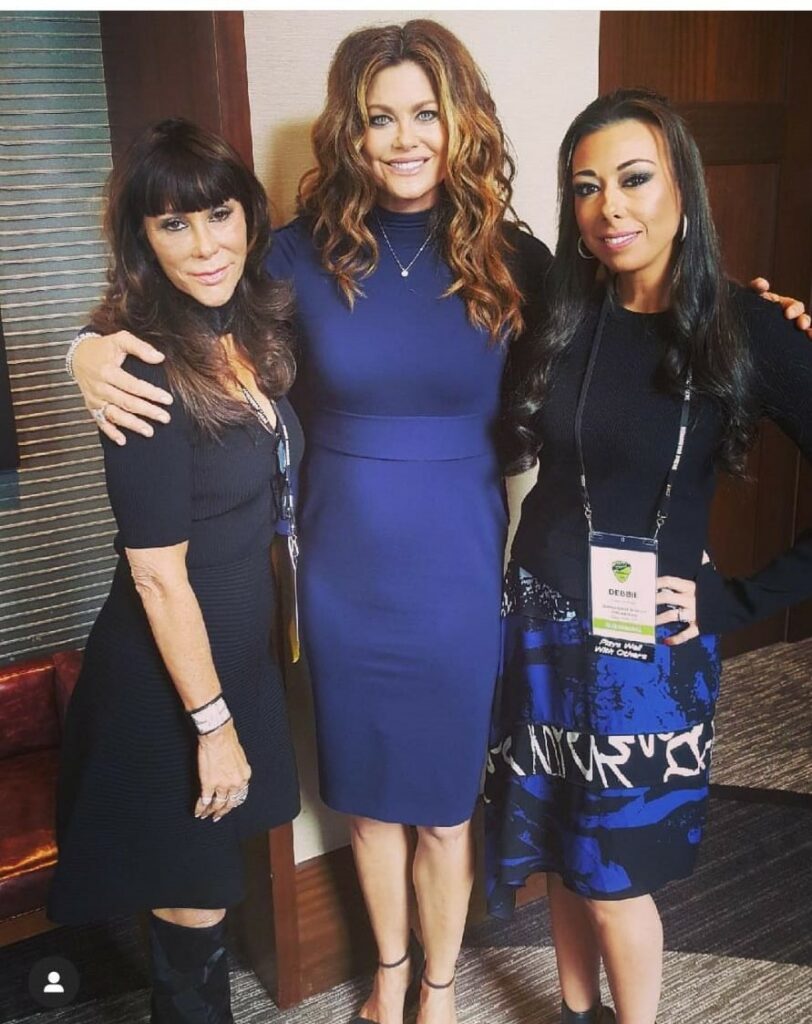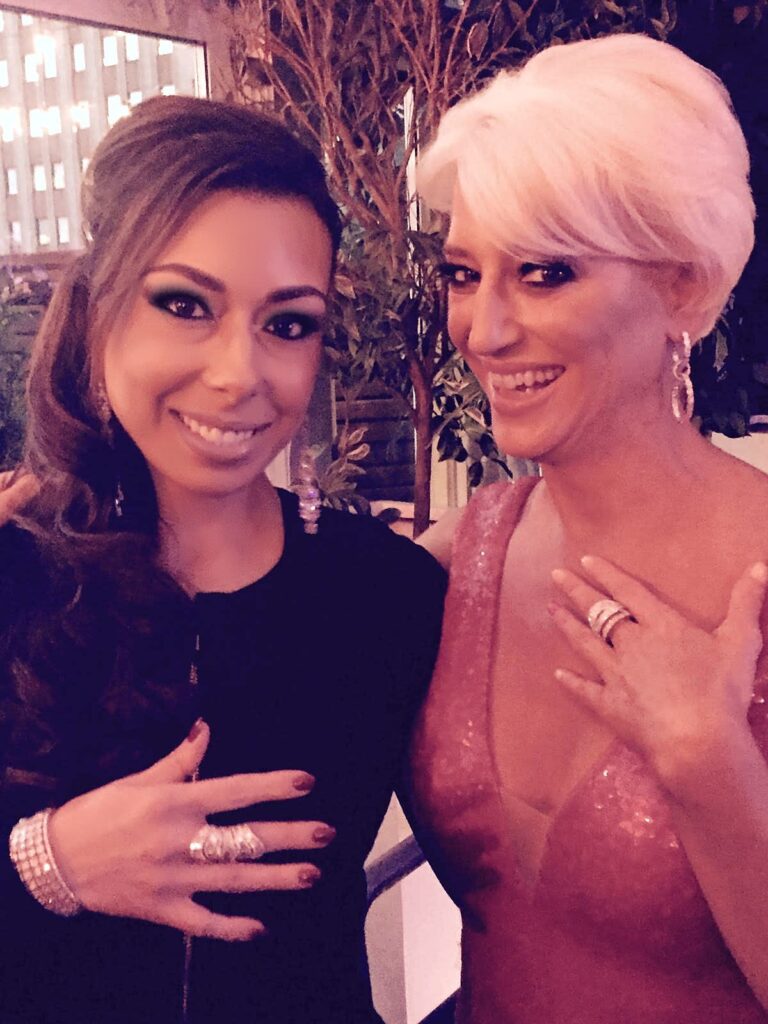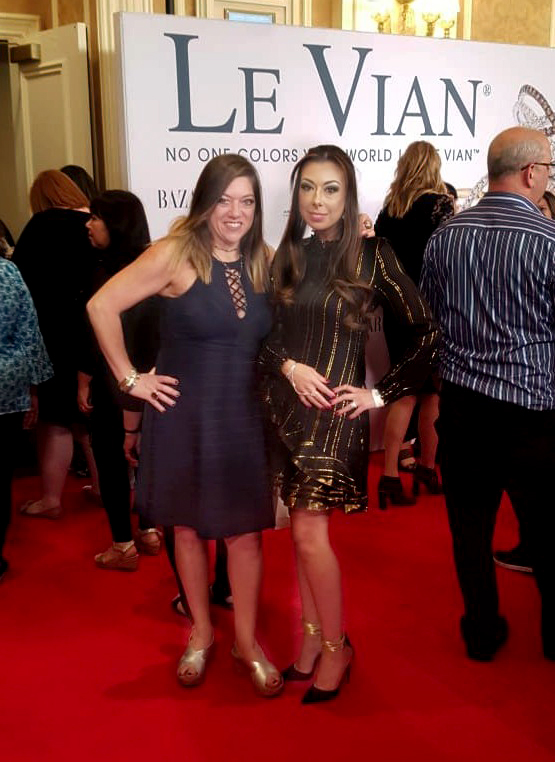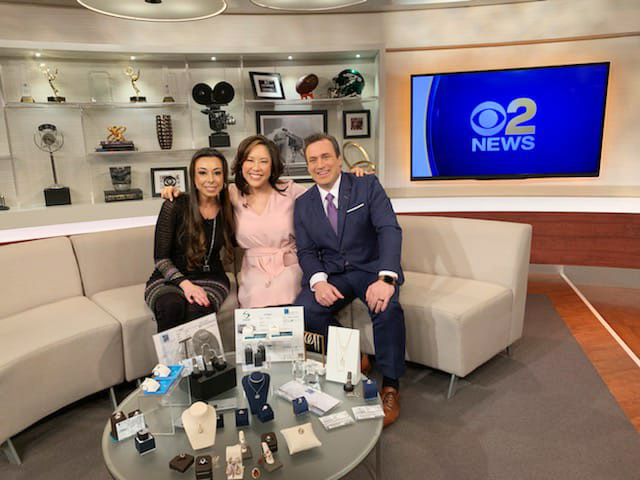BRIDES: A Complete Guide to Diamond Clarity
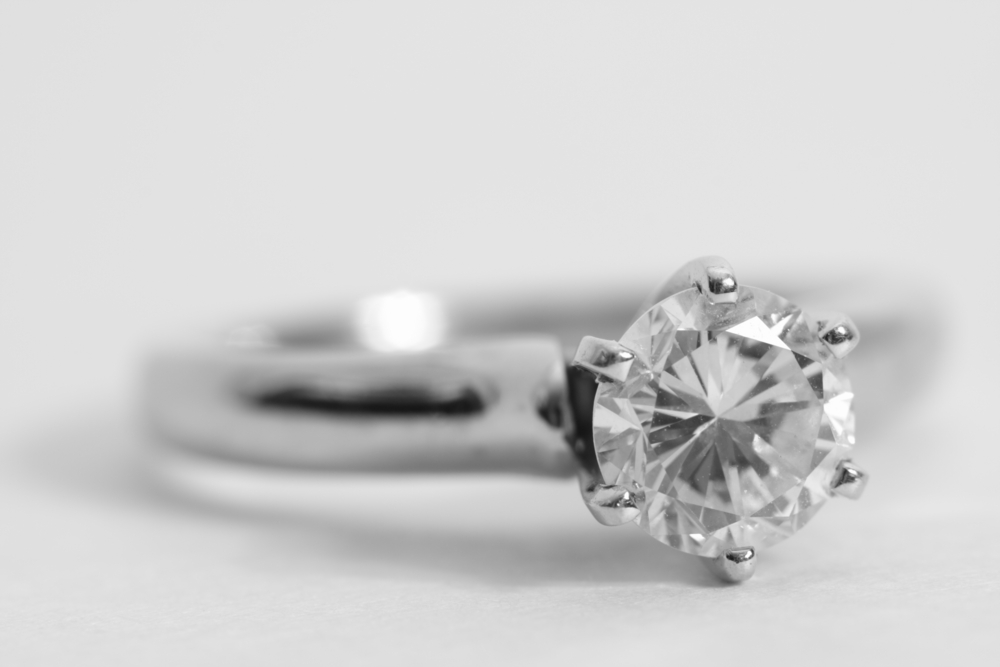
Story by Nicole Kliest for Brides.com
If you’ve dabbled with the idea of a diamond engagement ring, you’re no doubt well-acquainted with the 4Cs: cut, carat, color, and clarity. The latter, however, is like a diamond’s fingerprint—making each and every gemstone unique.
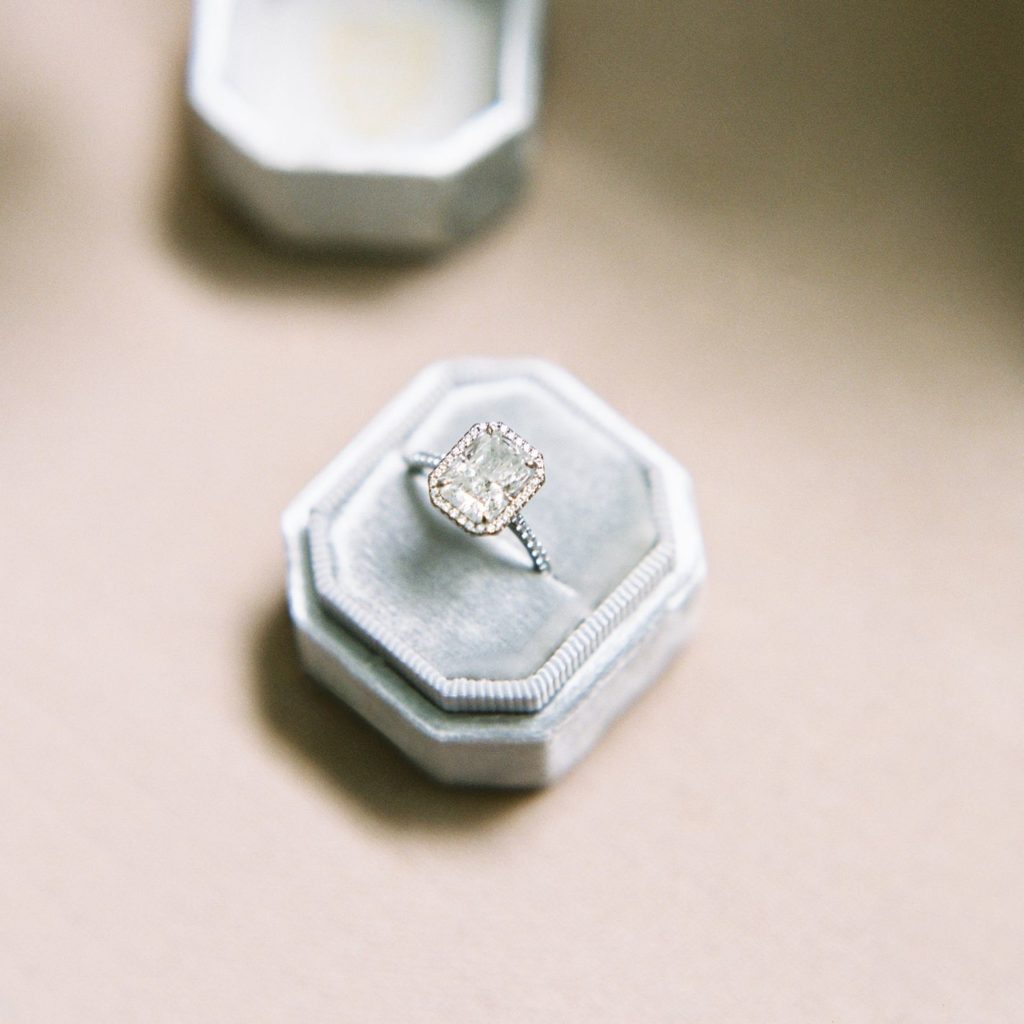
What is Diamond Clarity?
Diamond clarity refers to the quality of inclusions or blemishes found in or on a diamond. Using the diamond clarity chart, each diamond is given a rating based on the transparency or purity of the diamond.
To learn more about diamond clarity, BRIDES consulted experts Caylee Kozak of Gemist and Debbie Azar of Gemological Science International (GSI). Read on to understand the diamond clarity chart, how clarity impacts cost, and more.
The Importance of Diamond Clarity
Per Kozak, when you buy a diamond from a certified dealer you’ll receive a report that indicates the size, shape, location, and number of inclusions in the stone. “You commonly hear these referred to as ‘flaws,'” she says. “In a diamond, these inclusions could be anything from nearly-invisible specs, clouds of minuscule crystals, wispy feather-like fractures, or larger formations that appear grey or even black.”
There are a few ways to think about your diamond’s inclusions. For some, it’s a flaw that could potentially take away from a gemstone’s sparkle. “Diamonds with many visible inclusions can’t reflect light the same way a cleaner stone can,” Kozak shares. It’s also possible for an inclusion to breach the surface, which she explains could impact the diamond’s durability. “This can allow the diamond to chip or fracture more easily.”
On the other hand, many experts are fascinated with inclusions. “Gemologists love inclusions because they make every diamond unique and help to identify it,” Azar adds. “Because diamonds are minerals formed hundreds of miles below the surface of the earth that undergo immense heat and pressure, it’s inevitable that they trap other minerals and parts of the earth in them as they form. These minerals become telltale birthmarks of the diamond’s origin.”
Understanding the Diamond Clarity Chart
In 1953, Azar shares, the jewelry industry adopted an 11-factor scale for evaluating a diamond’s clarity. From least included, to most included, the measurements are: Flawless (Fl), Internally Flawless (IF), Very Very Slightly Included 1 (VVS1), Very Very Slightly Included 2 (VVS2), Very Slightly Included 1 (VS1), Very Slightly Included 2 (VS2), Slightly Included 1 (SI1), Slightly Included 2 (SI2), Included 1 (I1), Included 2 (I2), and Included 3 (I3).
“The diamond clarity chart breaks down how visible inclusions are with 10x magnification and with the unaided eye, starting with no inclusions being visible even under 10x magnification for the Fl and IF clarities, and ending with inclusions being visible to the unaided in the I1, I2, and I3 categories,” Azar says.
When assessing a diamond’s clarity, you may notice terms such as minute, minor, or noticeable, she adds. “VVS diamonds have minute inclusions that are extremely difficult to find under 10x magnification. VS diamonds have inclusions that are difficult to find under 10x magnification. SI diamonds have inclusions that are noticeable under 10x magnification but not visible to the unaided eye,” Azar adds. “Finally, I clarity diamonds have inclusions visible to the unaided eye.”

How Clarity Impacts the Cost of a Diamond
Kozak explains that clarity in diamonds impacts the cost in two primary ways, the first of which being that diamonds that are almost entirely free of inclusions are impeccably rare, and are priced much higher. “Secondly, clarity matters more in step-cut diamonds like emerald and Asscher cuts because their wide facets create a sort of window-mirror effect and inclusions are much more visible,” Kozak says. “Brilliant-cut diamonds have many more facets that help to hide inclusions.”
Azar also explains that clarity’s impact on cost is intrinsically tied to the diamond’s other 3Cs (carat, color, and cut). “While the clarity can significantly impact a diamond’s cost, many inclusions typically cannot be seen by the naked or unaided eye,” she says. “With regard to clarity alone, fewer inclusions in a diamond will typically have a higher price, but again, the price is based on all the 4Cs as opposed to one single measurement.”
How Gemologists Grade Clarity
On the technical side of clarity, gemologists turn to impressive technology to determine a diamond’s grade. “They use a binocular microscope to find the inclusions, and then use a 10-magnification loupe to determine the final clarity grade,” Azar says. “Diamonds are judged at 10-power magnification, which means the lens magnifies the diamond to look ten times larger than actual size.”
Because the types of inclusions that can occur are vast and every diamond is unique, Azar encourages an appreciation of your stone’s individuality. “From included minerals such as garnet, olivine (peridot), and other diamonds, to twinning of the diamond crystal (called twinning wisps), and even star-shaped clouds, diamond inclusions are a source of fascination and beauty,” Azar says. “So, when you look at the inclusions in your diamond, remember they are a birthmark of the diamond’s origin, born billions of years ago deep in the earth.”
Story by Nicole Kliest for Brides.com
About Debbie Azar
Debbie Azar is the Co-Founder and President of Gemological Science International (GSI), one of the largest gemological organizations in the world, and a distinguished leader in the global diamond and jewelry industry. As an executive with extensive knowledge of the jewelry and gem lab industries, her entrepreneurial skills and vision have helped GSI achieve rapid and continuous growth worldwide, establishing 13 leading-edge gemological facilities on four continents. She currently serves on the boards of the Jewelers Vigilance Committee, Responsible Jewellery Council, and Jewelers for Children, and is a member of the 24 Karat Club of New York. She has been featured in Forbes, Daily Mail, Good Morning America, Bloomberg, Bloomberg Businessweek, Fox Business, Fox5, CBS2, BOLDTV, Varney&Co, The Street, and NASDAQ, among others.
